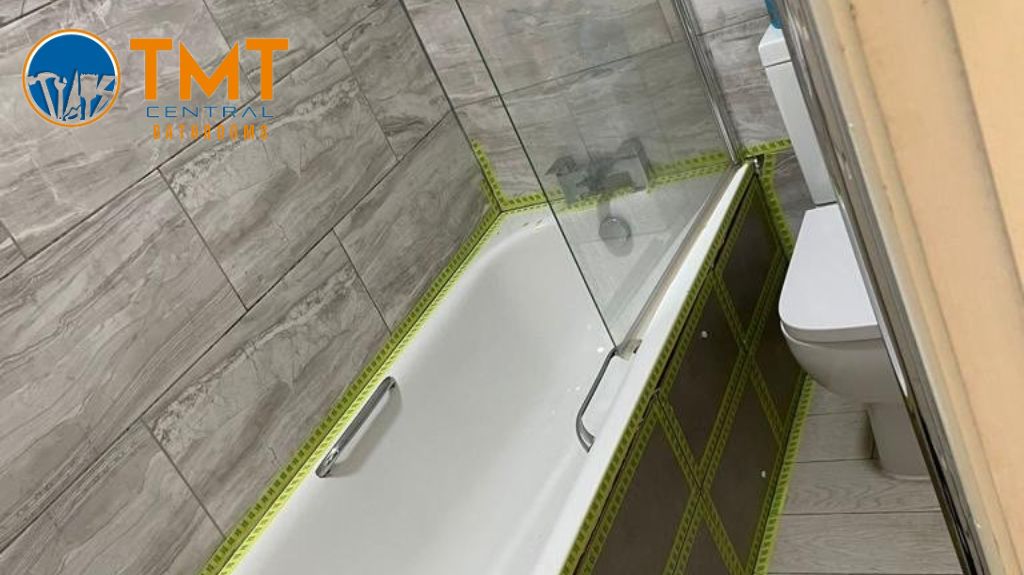When it comes to bathroom design in London, there are many questions that homeowners frequently ask. From choosing the right style to understanding costs and timelines, these FAQs aim to address the most common concerns and provide detailed insights into bathroom design in London.
Q1: What are the current trends in bathroom design in London?
A: Bathroom design in London is influenced by a blend of modern and traditional elements. Current trends include the use of natural materials like stone and wood, minimalist fixtures, and smart technology. Incorporating greenery, such as plants, is also popular, adding a touch of nature to urban bathrooms. Additionally, there is a growing preference for walk-in showers and freestanding bathtubs, which offer both luxury and functionality. These trends reflect the desire for a bathroom space that is both aesthetically pleasing and practical.
Q2: How do I start planning my bathroom design in London?
A: Planning your bathroom design in London begins with assessing your space and understanding your needs. Measure your bathroom accurately and consider the layout, including the position of windows, doors, and existing plumbing. Decide on a style that reflects your personal taste, whether it’s contemporary, traditional, or eclectic. Creating a mood board with design inspirations can be helpful. Consulting with a professional designer can also provide valuable insights and ensure that your vision is feasible within the space and budget constraints.
Q3: What are the most important considerations for bathroom design in London?
A: Key considerations for bathroom design in London include functionality, style, and space optimisation. Ensuring that the design meets your practical needs, such as sufficient storage, ease of cleaning, and efficient use of space, is crucial. The style should reflect your personal preferences and complement the overall aesthetic of your home. Additionally, consider the durability and maintenance of materials, especially in a city like London where humidity can be an issue. Good ventilation and adequate lighting are also essential to create a comfortable and inviting bathroom environment.
Q4: How much does bathroom design in London typically cost?
A: The cost of bathroom design in London can vary widely depending on the size of the bathroom, the quality of materials used, and the complexity of the design. On average, a mid-range bathroom renovation might cost between £5,000 and £10,000, while high-end designs with premium fixtures and fittings can exceed £15,000. It’s important to budget for unexpected expenses and to get multiple quotes from contractors to ensure you’re getting a fair price. A detailed plan and clear communication with your designer and builder can help keep costs under control.
Q5: Can I incorporate eco-friendly elements into my bathroom design in London?
A: Yes, incorporating eco-friendly elements into your bathroom design in London is not only possible but also increasingly popular. Consider using sustainable materials like bamboo or reclaimed wood, and opt for water-saving fixtures such as low-flow toilets and faucets. Installing energy-efficient lighting and underfloor heating can also reduce your environmental impact. Additionally, using non-toxic paints and finishes can improve indoor air quality. Many suppliers in London offer eco-friendly options, allowing you to create a stylish and sustainable bathroom.
Q6: How long does a bathroom design project in London usually take?
A: The duration of a bathroom design project in London can vary depending on the scope of work. A simple renovation might take a few weeks, while a complete redesign could take several months. Factors that influence the timeline include the availability of materials, the complexity of the design, and any structural changes required. It’s important to have a clear timeline from your contractor and to factor in potential delays. Regular communication with your design and construction team can help ensure the project stays on track.
Q7: What are some common mistakes to avoid in bathroom design in London?
A: Common mistakes in bathroom design in London include inadequate storage, poor lighting, and choosing materials that aren’t suitable for high-moisture environments. Overlooking ventilation can lead to mould and mildew problems, while poor layout decisions can make the space feel cramped. It’s also important to avoid underestimating the budget and timeline, as unexpected issues can arise. Working with experienced professionals and thoroughly planning each aspect of the design can help avoid these pitfalls and ensure a successful outcome.
Q8: How can I maximise space in a small bathroom design in London?
A: Maximising space in a small bathroom design in London requires careful planning and smart solutions. Use wall-mounted fixtures to free up floor space and consider built-in storage options like recessed shelves. Opt for light colours and reflective surfaces to make the room feel larger. A glass shower enclosure can also create a sense of openness. Multipurpose furniture, such as a vanity with storage, can help keep the space organised. Using large-format tiles and continuous flooring can also create the illusion of a bigger bathroom.
Q9: Are there specific regulations or permits required for bathroom design in London?
A: Yes, there are specific regulations and permits required for bathroom design in London, particularly if structural changes are involved or if the property is listed or in a conservation area. Building regulations cover aspects such as plumbing, electrical work, and ventilation. It’s important to check with your local council to understand the requirements and ensure compliance. Working with a professional designer or contractor who is familiar with London’s regulations can help navigate these legal aspects and avoid any potential issues.
Q10: How do I choose the right professionals for my bathroom design in London?
A: Choosing the right professionals for your bathroom design in London involves researching and selecting experienced and reputable designers and contractors. Look for professionals with a strong portfolio and positive client reviews. Personal recommendations can also be valuable. Ensure that the professionals you choose are fully qualified and have relevant experience in bathroom design and renovation. Clear communication is key, so select someone who understands your vision and is willing to work within your budget and timeline.

